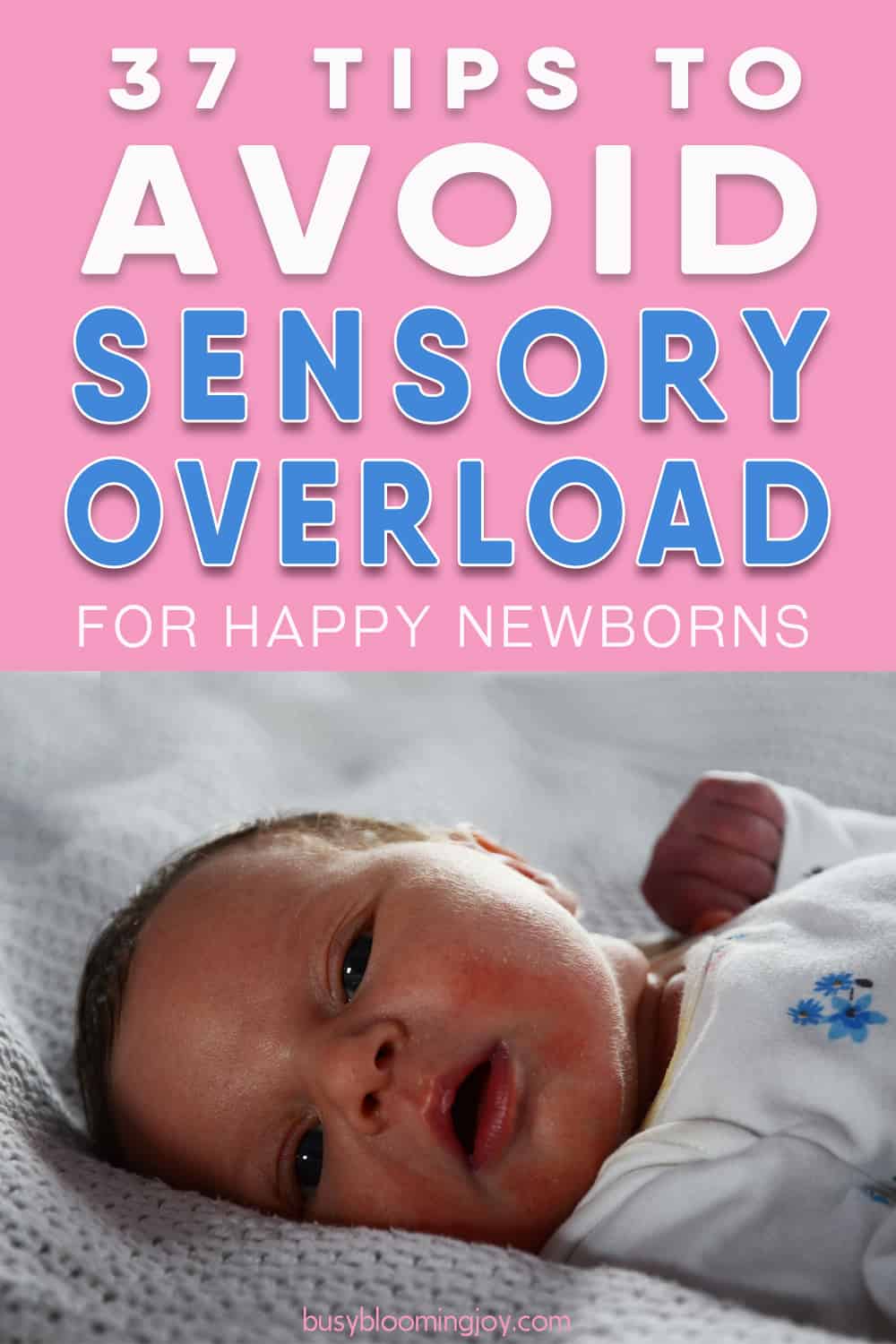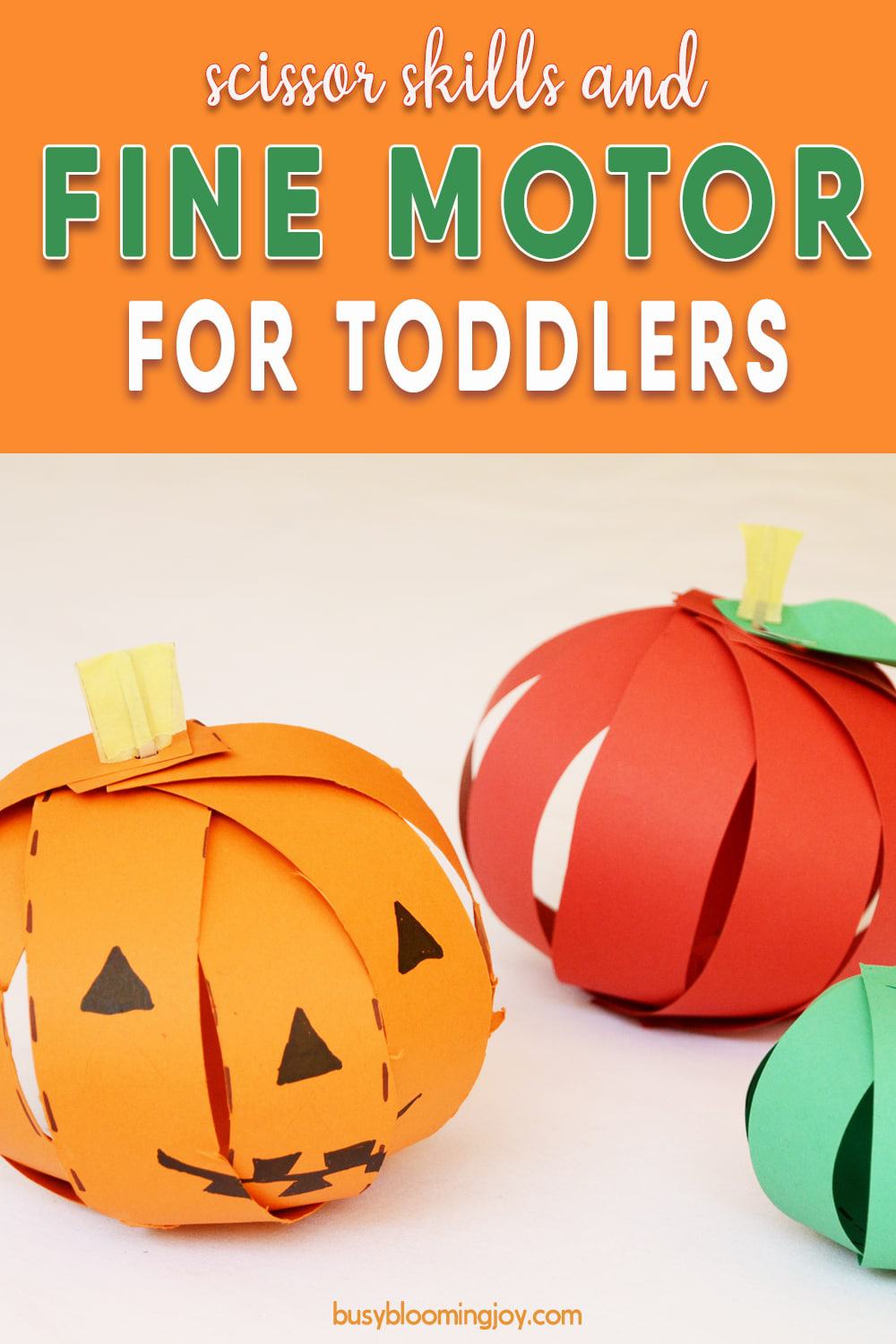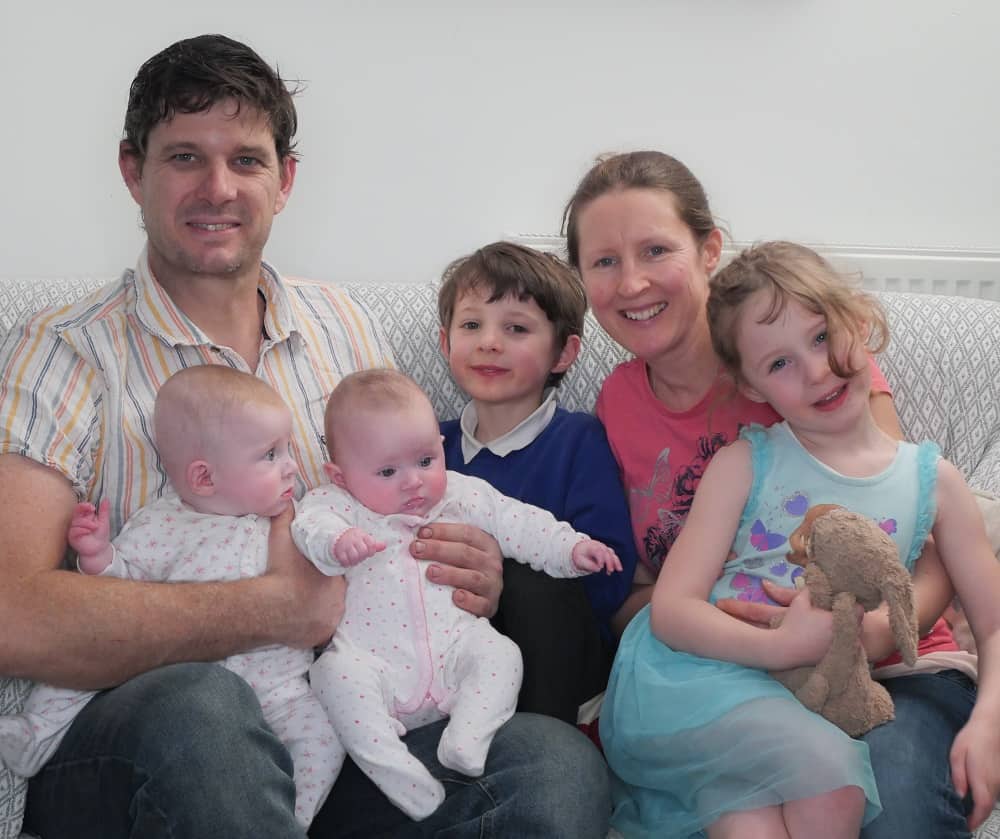Coming from the womb, your newborn is in for one heck of a shock in the outside world.
FROM THIS: dark, warm and cosy, tightly coiled inside you, with the consistent rhythmic sounds of your body…
TO THIS: the bright lights, cold drafts and just so much freedom for those flailing arms and legs. And then there are the smells…. so many smells…
In fact, there’s now a fairly widespread belief that a newborn would have been better off staying a little longer holed up in the womb. (Damn that big brain we have.) Hence the term, ‘4th trimester‘ for the first 3 months of baby’s life.
This post is about how to ease your newborn into this new world with as little stress as possible. How to help your baby adjust as you go about your day-to-day routine, from diaper changes to bathtime to when you’re out and about.
If your baby is fussy, crying or inconsolable, then you need soothing strategies to calm your baby down. So this is the post you need: Baby won’t stop fussing or crying? 7 winning strategies to calm and soothe
This post is all those little things you can do to avoid sensory overload and overstimulation. This should help limit fussiness and crying.
Not sure what your baby needs? Or what the signs of overstimulation are? Or what baby might do when she’s got trapped wind? Check out this post: What the flip is my baby saying? 6 must-know BABY CUES & tips for responding effectively
Table of Contents
ToggleYour newborn’s experience in the womb
In helping your baby adjust to life in the big wide world, it helps to understand what your newborn was experiencing beforehand, while in the womb. From this we can understand the types of sensations that can soothe versus those that stimulate and may irritate.
VISUALS
There’s almost zero light exposure in the womb.
Soothing on the eyes
Low lighting, soft pastels and muted colors.
Visuals that stimulate
Bright colors and bright lights can irritate but a newborn will enjoy looking at shapes and contrasting images (particularly faces) while learning to focus.
SOUND
Your heartbeat and gurgling, whooshing noises from inside the body. Volume level is said to be a little louder than a vacuum cleaner.
Soothing sounds
Gentle, rhythmical sounds and the dull consistency of white noise.
Sounds that stimulate
Irregular sounds and loud noises may stimulate and irritate.
TOUCH
Baby is enveloped in the warm and close confines of the womb.
Soothing touch
Deep-touch pressure, especially to the back, at a comfortable temperature
Touch that stimulates
- rough textures
- soft touches
- a light breeze
- hot and cold touches
- unfamiliar touches
MOVEMENT
Baby is constantly moved and rocked during pregnancy with large movements when you’re moving about as well as much smaller movements 24/7 due to pressure from the diaphragm as you breathe.
Soothing movement
Gentle, rhythmical movements particularly while positioned on the front or side will be soothing
Movement that stimulates
Irregular, quick and jerky movements will alert or even irritate.
TASTE & SMELL
Baby is used to the neutral smells and flavors of the amniotic fluid.
Soothing tastes and smells
The sweet taste of breast or formula milk
Soothing smells: mom and mom’s milk (or before mom’s milk comes in, colostrum, the precursor to milk), the smell of dad or other regular caregivers as well as baby’s own smell and saliva
Smells that stimulate
New and different smells will stimulate your baby but can easily irritate. A particularly strong or unpleasant smell or too many new smells at once may cause your baby to suck, cry, or breathe more rapidly.
(Taste isn’t applicable since baby is only drinking milk.)
A FEEDING BABY is a happy baby! (+ a few ideas to gently stimulate)
Feeding your newborn is just about the easiest part of the day-to-day routine when it comes to easing the 4th-trimester transition. Of course, breastfeeding can be a little tricky at first but once you’ve got it figured out, see how many of those soothing sensations you can tick off the list:
- baby is against your skin (skin-to-skin is a very effective calming strategy in itself and has all sorts of benefits…) getting lots of calming touch sensation
- baby can smell your familiar and calming smell
- and finally, baby is drinking that liquid gold; your milk
Babies also love to suck; the action of sucking is very soothing so feeding really has it covered in offering a calm and soothing experience.
Struggling with breastfeeding? (I was.) Check out the 5 Golden Rules for successful breastfeeding from the start
But there are two tips – firstly, for bottle feeders and then, for all babies, for ways you can encourage a little extra stimulation when possible.
1. If bottle-feeding, hold baby to maximise that soothing sensory experience
Or find a position that allows a similar sensory experience. I.e. no feeding your baby at arms length while playing on your phone. Yup, that was my husband (we started one bottle a day with both our babies after a few weeks so my husband could help if needed).
Just like a breastfeed, you want to hold baby close for plenty of calming touch and smell.
The exception to this is if baby keeps drifting off mid-feed – getting baby to take a decent feed is crucial, for better nights sleep and also for your sanity. You want to avoid a serial snacker.
If this is the case, it helps to make baby a little less comfortable. So you can gently try to stimulate baby by:
- change the feeding position
- tickling hands and feet
- taking a layer of clothing off or diaper even
- pull the bottle teat slowly out of her mouth (this can often lead to frantic sucking!)
2. ‘Communicate’ with your little one
Baby eyes open, wide awake? If teeny, tiny, probably not.
But if yes and your newborn is trying to make eye contact, return the favor; she’s actively looking to communicate with you and will just love to look at your eyes and face. This also helps develop the skill of focusing – focus is best at a distance of 8-10 inches or 20-25 cm, the distance between her face and yours while feeding.
Feeding is also a good opportunity to talk, sing or read to your baby. The sound of your voice will be very soothing and calming and your baby will enjoy listening to the different inflections of your voice. Not surprisingly, hearing you and others speak is the first step in language development for a newborn.
CHANGING DIAPERS – for a fuss-free newborn
Almost the complete opposite of feeding, when it comes to a soothing and relaxing experience, is the diaper change. And in those first few weeks there are just so many…
So here are some tips to ensure diaper changes are fuss-free:
1. Make the change mat soft and warm
Wipeable change mats are definitely more practical but can be cold on a little one’s bum. So put a baby towel on the top – have a stash on a towel heater or radiator so they’re toasty warm.
2. Use a warm fan for night changes in the winter
If your baby was born in the winter months, those night feeds can also be a bit of a shock to the system when it comes to diaper changes. A warm fan blowing over the change table will really help your baby stay comfortable and minimize unnecessary stimulation (a lifesaver for my first-born who was born in the middle of the UK winter…)
3. Use warm water & cotton wool over disposable wipes
Not only is this gentler on a newborn’s skin, but it means you can use warm water. Another game-changer when it comes to fuss-free clean up.
4. Check the frills aren’t tucked in
Be careful those frilly bits of diaper that go around baby’s legs are all out and none are tucked in against that super-sensitive newborn skin – these can make for a very uncomfortable baby.
5. Use a visual distraction tactic
If baby is particularly fussy while on the change mat try and find some visual distraction. I was able to slide ours under the playmat so baby had some delightful hanging toys to look at.
6. Use slow, gentle movements
Finally, and this applies to any time you maneuver your baby, try to ensure movements are smooth, rather than jerky to avoid the startle or ‘Moro reflex‘ which can quickly and easily upset a newborn. (Hopefully, it goes without saying that you a newborn needs a firm, secure hold with adequate support for the head.)
AWAKE TIME TIPS to gently stimulate
In the first few weeks, your newborn will probably spend the entirety of her waking hours feeding. But when awake times lengthen you can start to incorporate a little gentle stimulation. It doesn’t have to be much or anything complicated. Think back to where your baby has just come from and remember that most things in the new day-to-day for a newborn will be plenty of stimulation enough.
If you’re short on ideas though, check out these 29+ simple tips for healthy newborn development
Here are the most important tips for gently stimulating your newborn:
1. Be very careful not to do too much!
Watch for signs that baby has had enough (turning head away, avoiding eye contact, starting to fuss etc) and keep an eye on how long she’s been awake. A newborn aged 4 weeks may only be able to stay awake an hour and may take 45 minutes to feed. Which leaves very little time to do anything else, and that’s totally fine. A few minutes of extra stimulation once or twice a day will be enough.
Wondering how to figure out just how long your baby can stay awake? This baby awake times post has you covered.
Need more on how to spot when baby is becoming overstimulated? Check out this baby cues post.
2. Give baby complete freedom of movement on her back regularly
A newborn needs some time every day to get used to the newfound freedom of the outside world. So, although when fussy, irritable or tired, you want to restrict movement (by swaddling or a close hold), when baby is calm and content it’s important to allow this movement. This facilitates the development of muscle tone, balance and coordination.
For this reason, you also want to limit the use of car seats. As long as she’s calm and content, let that baby move!
3. Try a few minutes of tummy time every day
Since a newborn spends so much time being held and should sleep on her back (as per the ‘back to sleep’ campaign), it’s important that baby has some tummy time every day, to get all those neck and back muscles working. Ultimately this is preparing your baby to crawl. More on the importance of tummy time here.
If your baby doesn’t like tummy time (and many don’t) then try having her on her front on your lap. Alternatively, lie on your back and have her on your chest. She’ll enjoy trying to stretch up and peer into your eyes. You can encourage this further by talking to her.
BATHTIME TIPS – for a fuss-free newborn
Some babies love bathing. Some, not so much. Which may seem strange at first, having been submerged in fluid in the womb. But when you think about it, a baby bath is quite a different experience. Again, think of all that freedom your newborn now has with those flailing arms and legs (hence tip no. 5 below).
Luckily in the first few weeks bathing baby every day is absolutely not a necessity, although it can work wonders to cement a good bedtime routine.
So here are some tips for both babies that do like to bath as well as some specifically for those that don’t:
1. Make sure the room is warm
Warm enough for baby to feel comfortable when naked, for all the pre and post-bath admin (drying, dressing etc).
2. Avoid harsh lighting
Try to minimize any bright or harsh bathroom lighting if possible – a table lamp outside the bathroom might be better than the bathroom light. Or perhaps try putting the baby bath in a room with more relaxing lighting.
3. Short and sweet is best
Newborns tire easily, especially to new sensory experiences, and can’t stay awake very long.
4. Know when to skip bath time altogether
If you’re short on time and baby is already getting tired and fussy, then skip bathtime altogether.
5. Let baby kick around naked before bath
While you’re getting everything ready, strip baby of her clothes and diaper and let her have complete freedom to move and kick her legs and arms. As per tip #3 under ‘awake time tips’ this gets the muscles working.
6. Talk to your baby
To help your baby feel calm and secure.
7. Bath baby swaddled
If baby doesn’t like bathing, try swaddling her in a thin muslin first or try bathing with a washable wipe lying on her tummy. This can really help baby feel secure, just as swaddling helps baby for sleeps and for wind-down (which we’re coming to).
8. Bath with baby
Another one for a baby who’s not keen on bathing is to get in the bath with them (not the baby bath, silly!). Lie in a shallow bath with your baby tummy-to-tummy then gently squeeze water over her back. The skin-to-skin contact will be very reassuring and will get your baby used to the sensation of water running on her skin.
9. Heat that towel
With a heated towel rail or by throwing it in the drier so it’s toasty warm for baby after bath. You can even do the same with baby’s jammies.
10. Try some baby massage
Massage provides deep pressure touch that is both calming and stimulating. It’s great for bonding and will also help your baby become aware of her own body, the first step in developing spatial perception.
DRESSING BABY TIPS – including clothes care
Dressing a newborn is another task the appears to require a lot more skill than first meets the eye… and is fraught with opportunity for fussiness and tears!
Unfortunately, this is mainly about practice. But there are a few things that can help:
1. Function not fashion
To get the whole dressing thing done as quickly as possible, those baby clothes need to be easy to get on and off. My preference was baby grow or onesies that do up at the front, preferably with a zip. Never ever ever buy ones that do up at the back. Seriously, how are you going to do it up?!
2. Don’t overwash your newborn’s clothes and blankets
If your baby suffers from reflux and spits up 38 times a day then clearly you’re going to have to do a few clothes changes. (I think the record was 8 changes of clothes in a day with my daughter, who struggled with reflux. All about reflux and reflux remedies here.)
In a nutshell, the more familiar smells your baby has around her the better.
3. Wash baby clothes and blankets in unscented detergent
The less unfamiliar smells the better…
4. Check clothes regularly for scratchy seems
As well as holes, tightness or other things that may irritate your baby
TIPS FOR BABY’S SLEEP SPACE to help baby sleep (& stay asleep)
While a solid wind-down routine helps baby fall asleep, it’s the environment in which baby sleeps, the ‘sleep space’, that helps baby to sleep for longer periods. (Ideally, you want to set-up baby’s sleep space before she falls asleep, it makes to sense to have the sleep space tips before the wind-down tips.)
Hopefully, it’s no surprise that creating a sleep space conducive to sleep is about replicating the womb-like sensations as close as possible.
The 3 essentials are: pitch black, noisy (with the right type of noise) and snugly swaddled. You can also add in some comforting smell. (The motion side of things can become part of the wind-down.)
1. Pitch black
Pitch black really is the way to go. I.e. so dark that you can’t even see your hand in front of you! Baby came from pitch black so the dark is a comfort.
For the same reason, your newborn is extremely sensitive to bright lights, so light can easily disturb a sleeping baby, who spends the majority of their sleep time in easily disturbed, light sleep. (More on newborn sleep patterns and cycles here.)
Making your baby’s sleep space pitch black both day and night should encourage:
- longer naps in the day
- later wakings in the morning (i.e. not at the crack of dawn when the sun rises!)
2. White noise or other background noise
In terms of replicating the intensity and type of noise your baby would have experienced in the womb, white noise is the best. But not all white noise is equal! It needs to be:
- low-pitch (think the low, rumbly and monotonous drone of the car engine)
- loud (the womb is about as loud as a vacuum cleaner) – think 60-75 dB.
If you google white noise machines you’re going to be spoilt for choice. So here are two options that come highly recommended (not affiliate links):
Or, if you’re a fan of free (that’s me) youtube and many streaming services (e.g. Apple Music) have white noise specifically designed to calm and soothe babies – try this one from youtube. Just to remember to turn it up enough – think the level of a decent shower.
If you’re not keen on white noise then you may want to consider another type of background noise, which is relaxing and conducive to sleep and also good at drowning out other background noises, e.g. slamming doors. My preference was classical music.
3. Swaddle
Having been tightly curled up in the womb, your newborn can feel very insecure with complete freedom of arms and legs. Swaddling restricts movement and creates deep pressure touch, calming and settling baby. It’s a very effective calming strategy, hence is one of Dr. Karps 5s’s important in evoking the ‘calming reflex’.
More on the 5S’s and the calming reflex in this baby calming strategies post.
Swaddling also prevents the Moro reflex from disturbing and waking baby.
4. Introduce your smell into baby’s cot
Safe sleep guidelines include no teddies or other loose items in the cot with baby, but you can use a pillowcase as a ‘burp sheet’ and get that burp sheet to smell of you.
Let me explain the burp sheet part…
My daughter suffered with reflux so rather than change her sheets multiple times a day and night, I made a burp sheet from a pillowcase, which meant this could be changed, rather than the full cot sheet (check the photo).
If you have a stash of these you can use them over your pillow or in your bed, before using them in baby’s cot. The familiar smell will be calming to baby.

WIND-DOWN TIPS to calm and settle baby ready for sleep
When it’s time for sleep, having a set wind-down routine will help your baby’s body get ready for sleep. So these wind-down elements should be conducive to sleep.
The routine also needs to be repeatable i.e. you follow the same steps each time. In time, your baby will learn that sleep always comes after Xyz steps, helping sleep come naturally.
(A solid routine for bed and nap times is an essential part of setting up good sleep habits in a newborn and one of the tips this 10-step strategy for encouraging baby to sleep through the night.)
1. Make sure your wind-down includes the following…
- turning on dim-lighting in baby’s pitch-black/as-dark-as-you-can-make-it sleep space
- nappy check and/or change
- swaddling
- turning on background noise (white noise, music etc)
- snuggle/cuddle or rocking
- turning off lights so sleep space is pitch-black (even in the day)
Then you may want to add in a story or lullaby as well as a bath, massage or applying lotion in a slightly longer bedtime routine.
2. Whatever you choose, make it’s repeatable
Yup, I know I’ve already mentioned it but it’s essential. One of the aims of the wind-down is to help baby learn that it’s time to sleep. That learning will only happen if you’re able to carry out the same steps and in the same sequence before nearly every nap or sleep time.
3. Keep it short
Newborns cannot stay awake very long and the last thing you want to do is allow baby to get overtired.
Wondering how long your baby can stay awake? Check out this awake times post.
4. Avoid an unfamiliar person handling baby
Familiarity is key when trying to settle and calm your newborn, so trying to reproduce the sensory experience of the womb and/or your smell and touch, or that of another close caregiver.
An unfamiliar face staring down at baby, the unfamiliar touch and movement of the way your baby is being held plus the new and unfamiliar smell of that person is best avoided.
5. Avoid comfort feeding (i.e. feeding if baby is not hungry)
If baby is hungry or you want to offer baby a top-up feed just before bed then of course, feed baby.
But if baby is uncomfortable, comfort feeding is not the way to go. Sounds completely counter-intuitive, given it’s called a ‘comfort feed’ and sucking and the sweet taste of milk is a source of great comfort for babies, but….
If baby already has a full tummy of milk, feeding can cause a lot of discomfort. This forces undigested milk from the stomach into the gut, where it ferments producing gas. It’s this gas that can cause discomfort.
So try to offer a pacifier or try another calming strategy.
Related post: Baby won’t stop fussing or crying? 7 winning strategies to calm and soothe
OUT & ABOUT TIPS to keep outings calm & stress-free for the both of you
There’s nothing better than getting out the house for a few hours in those early weeks but not if it’s going to leave either of you frazzled! Shops with bright lights, strange noises and all the well-meaning passers-by who just want to ‘take a peak’ may quickly overstimulate your newborn.
1. Avoid very noisy environments when your newborn is tiny
Consistent background noise is good, like white noise, or gentle relaxing music, but environments that are inconsistently noisy or playing loud heavy metal, not so much.
These can easily overstimulate and upset baby.
2. Reduce visual stimulation as necessary
Protect your newborn from bright lights and other excessive visual stimulation. Put the hood down on the buggy or cover it (for example with a Snoozeshade – these don’t seem to be available right now in the midst of Covid-19 but I’ll add a link when able to).
Alternatively, carry your newborn in a wrap where she’s facing towards you and which covers much of her head, thereby shielding her eyes.
3. If baby needs a nap, carry out much of your wind-down as possible
Just as when you’re at home, a good wind-down will help baby settle to sleep.
Wrapping up and 1 final tip
Hopefully, that’s given you a few ideas to help your newborn adjust to this crazy new world. They may seem small but can make a world of difference between a fussy and agitated newborn and a happy, calm and content one!
One final tip which is regards to your newborn’s acutely sensitive sense of smell: no perfume for you and no aftershave for dad either. New strong smells can be overly stimulating and perfumes, in particular, can be overpowering. With more exposure, baby will get used to new smells, but in those early weeks, minimize your baby’s exposure.
Good luck! And please reach out with any questions.













